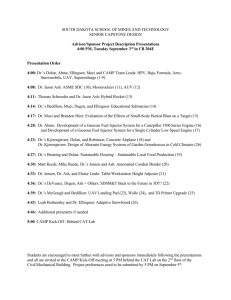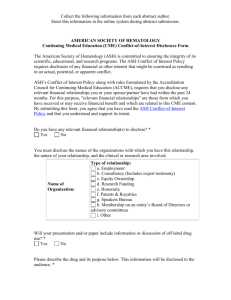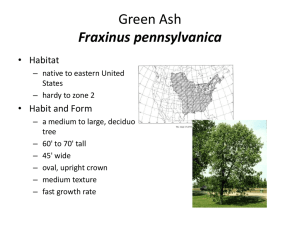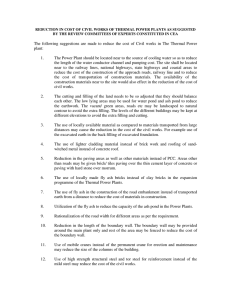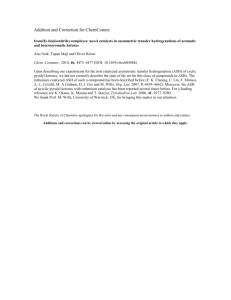Green Ash - River Keepers
advertisement
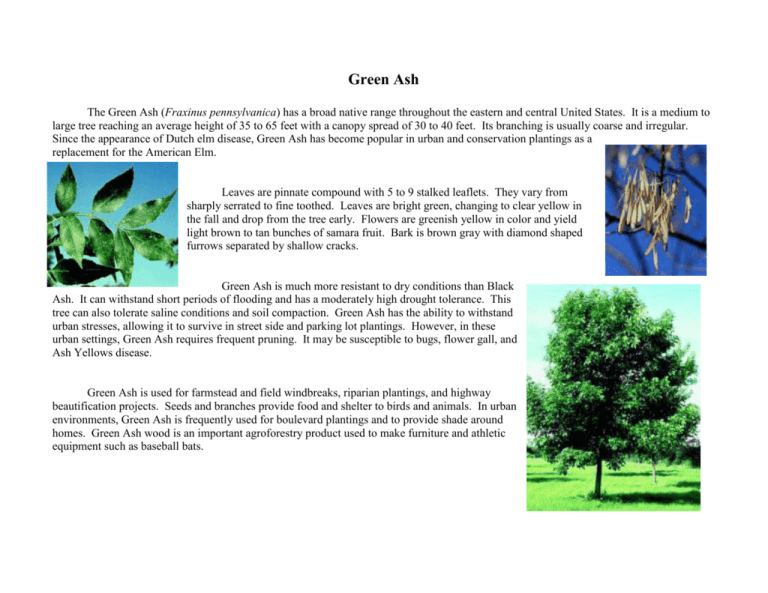
Green Ash The Green Ash (Fraxinus pennsylvanica) has a broad native range throughout the eastern and central United States. It is a medium to large tree reaching an average height of 35 to 65 feet with a canopy spread of 30 to 40 feet. Its branching is usually coarse and irregular. Since the appearance of Dutch elm disease, Green Ash has become popular in urban and conservation plantings as a replacement for the American Elm. Leaves are pinnate compound with 5 to 9 stalked leaflets. They vary from sharply serrated to fine toothed. Leaves are bright green, changing to clear yellow in the fall and drop from the tree early. Flowers are greenish yellow in color and yield light brown to tan bunches of samara fruit. Bark is brown gray with diamond shaped furrows separated by shallow cracks. Green Ash is much more resistant to dry conditions than Black Ash. It can withstand short periods of flooding and has a moderately high drought tolerance. This tree can also tolerate saline conditions and soil compaction. Green Ash has the ability to withstand urban stresses, allowing it to survive in street side and parking lot plantings. However, in these urban settings, Green Ash requires frequent pruning. It may be susceptible to bugs, flower gall, and Ash Yellows disease. Green Ash is used for farmstead and field windbreaks, riparian plantings, and highway beautification projects. Seeds and branches provide food and shelter to birds and animals. In urban environments, Green Ash is frequently used for boulevard plantings and to provide shade around homes. Green Ash wood is an important agroforestry product used to make furniture and athletic equipment such as baseball bats.



